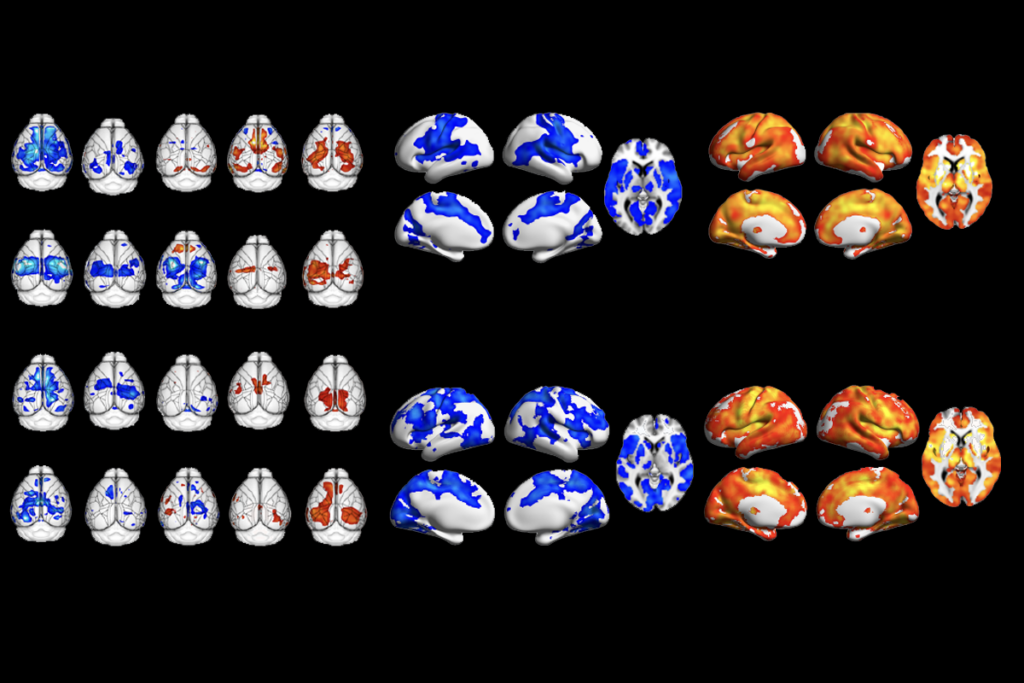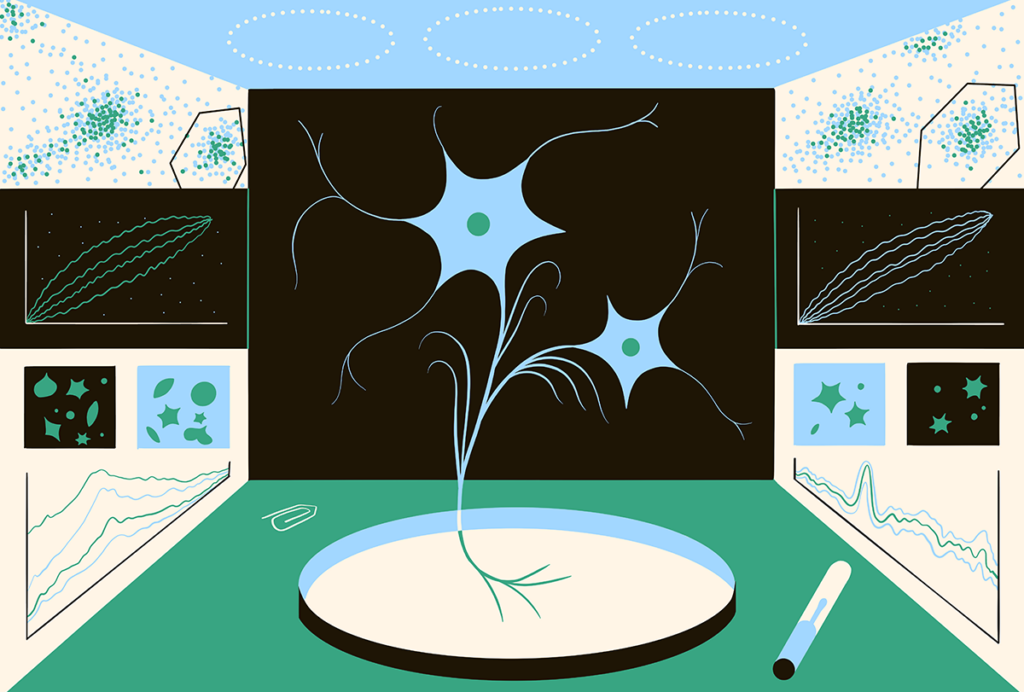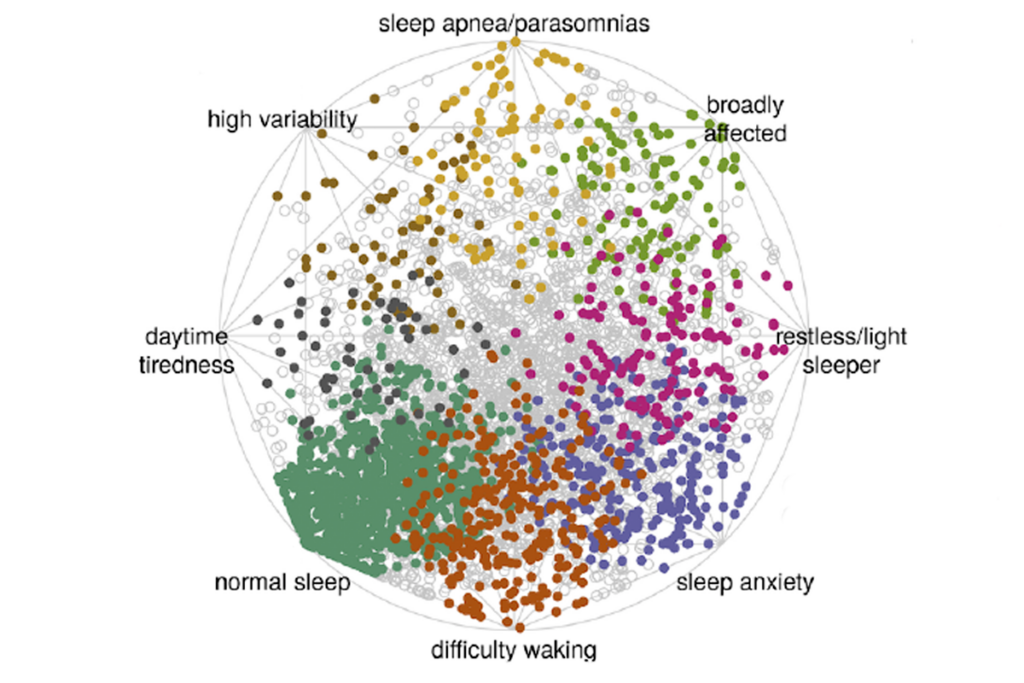Clinical research: Infertile women should be tested for fragile X
Women with a mild version of primary ovarian insufficiency, a disorder that mimics the symptoms of menopause, should be tested for a mutation that can lead to fragile X syndrome, according to a study published 15 June in Human Reproduction.
Women with a mild version of primary ovarian insufficiency, a disorder that mimics the symptoms of menopause, should be tested for a mutation that can lead to fragile X syndrome, according to a study published 15 June in Human Reproduction1.
Women with primary ovarian insufficiency, or POI, have abnormally functioning ovaries, leading to infertility. Those who have the classic form, called overt POI, have elevated levels of follicle-stimulating hormone and irregular menstrual cycles. Women with occult POI, a milder version of the disorder, are generally infertile, but have regular menstrual cycles.
Fragile X is a syndromic disorder related to autism, and is caused by a lack of the fragile X mental retardation protein, or FMRP. In the full-blown syndrome, a three-nucleotide region of FMR1, the gene that encodes FMRP, is duplicated more than 200 times, shutting off its expression.
If this region is duplicated between 55 and 200 times, it is dubbed a premutation. The premutation can expand into the full mutation in one generation and also leads to its own set of symptoms, by making too much FMR1 mRNA — the message that codes for protein — which can be toxic to the cell.
About 20 percent of women with the premutation have overt POI, compared with 1 percent of the general population. In the new study, researchers explored whether women with occult POI are also more likely to carry the fragile X premutation.
Of 535 women with occult POI, 7 have the premutation, compared with 1 of 521 controls, the study found. Another 17 women with occult POI have an intermediate form of the premutation — between 45 and 54 repeats, which can lead to the full mutation in two generations. Among controls, seven women have the intermediate premutation.
The researchers did not include women with a family history of autism, intellectual disability or diagnosed fragile X syndrome.
References:
-
Karimov C.B. et al. Hum. Reprod. Epub ahead of print (2011) PubMed
Recommended reading

Expediting clinical trials for profound autism: Q&A with Matthew State

Too much or too little brain synchrony may underlie autism subtypes
Explore more from The Transmitter

This paper changed my life: Shane Liddelow on two papers that upended astrocyte research
Dean Buonomano explores the concept of time in neuroscience and physics

